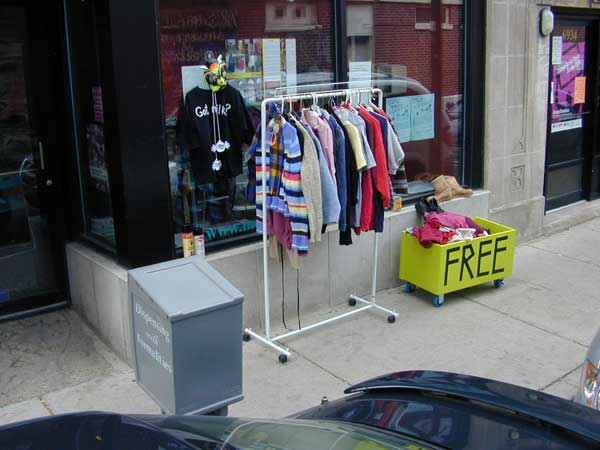Free Land / Ariel Luckey
Free Land is a dynamic hip hop theater solo show written and performed by Ariel Luckey, directed by Margo Hall and scored by Ryan Luckey. The show follows a young white man’s search for his roots as it takes him from the streets of Oakland to the prairies of Wyoming on an unforgettable journey into the heart of American history. During an interview with his grandfather he learns that their beloved family ranch was actually a Homestead, a free land grant from the government. Haunted by the past, he’s compelled to dig deeper into the history of the land, only to come face to face with the legacy of theft and genocide in the Wild Wild West. Caught between the romantic cowboy tales of his childhood and the devastating reality of what he learns, he grapples with the contradictions in his own life and the possibility for justice and reconciliation. Free Land weaves spoken word poetry, acting, dance and hip hop music into a compelling performance that challenges us to take an unflinching look at the truth buried in the land beneath our feet.

"50 Visionaries Who Are Changing Your World" / Utne Reader
In the 19th century, U.S. forces displaced American Indian populations, often violently, before white homesteaders moved in to claim “free” land. “If you look at who owns land in this country, the pattern that’s here today was established in the 1860s,” says Oakland-based hip-hop artist and activist Ariel Luckey. To get people seeing the roots of that privilege, he created Free Land, a candid solo show about coming to terms with homesteading in his family’s history. With dance and song, Free Land cuts to the heart of inherited privilege with more resonance than 10,000 self-conscious liberal arts students could ever muster—and in doing so, opens the door for genuine national introspection.

Thangs Taken / Ariel Luckey
Thangs Taken rethinking thanksgiving is an annual cultural event that brings artists, activists, and communities together to explore the complex history of Thanksgiving and to acknowledge the legacy of US colonialism and genocide against Native Americans. Produced by the Free Land Project, Thangs Taken features live music, dance, film, spoken word poetry, hip hop theater, and visual art installations from Native and non-Native artists. Grounded in grassroots activism, Thangs Taken also features leaders from local social and environmental justice organizations to provide information on current campaigns and concrete ways to take action in the community. With the arts at the center, people from diverse backgrounds gather to engage in a critical dialogue about the impact of Thanksgiving and the history it represents on our communities and to stand in the power of our collective ability to create a world based in peace and justice that we can truly be thankful for.
































